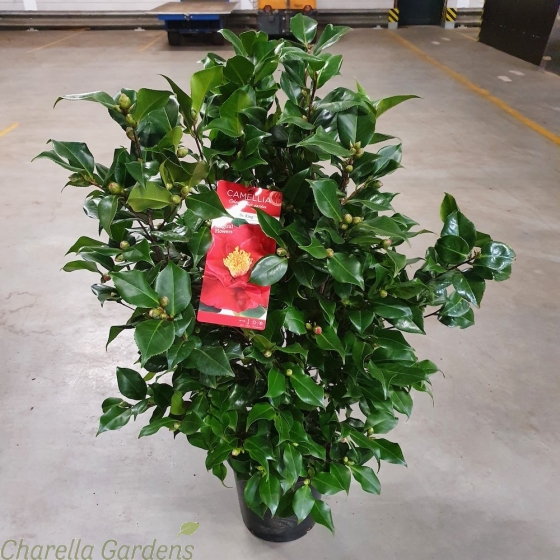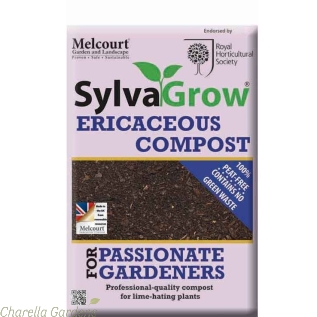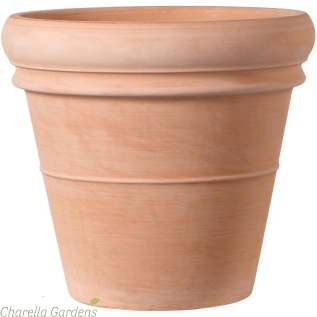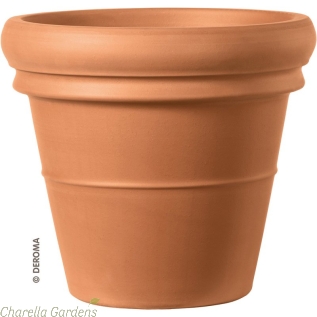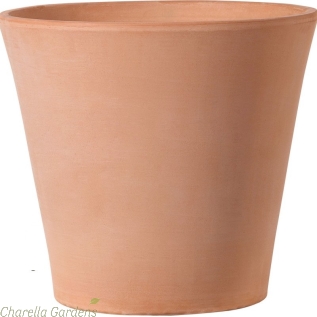Camellias can be grown in full sun, partial shade or even full shade, however we don't recommend the latter. They can readily withstand the coldest winters and are fully hardy and relatively quick growing. If planted in a windy area a stake may be advisable. That is not to say that camellias cannot be planted in windy positions as many of the older more established varieties make excellent windbreaks Camellias are best planted in the spring or autumn with some leaf mould, peat or farmyard manure incorporated into the planting pit ideally with a sprinkling of fertiliser.
Do not feed camellias later than the end of July, as excessive or late feeding can lead to bud drop.
Acidify your soil. Try adding Sulphur this is the most common, effective and economical acidifying material. Soil organisms convert sulphur into sulphuric acid, so acidifying the soil. The more finely ground the sulphur the more quickly the bacteria can convert it; sulphur dust is quicker acting than sulphur chips. Be aware acidification by sulphur takes weeks to have an effect, and when the soil is cold in winter, months might be needed.
Application: Sprinkle sulphur over the soil to be treated at the rate required. Do this in still weather as the dust is very fine and drifts readily. Gloves, goggles and dust-mask are sensible precautions if treating large areas.






